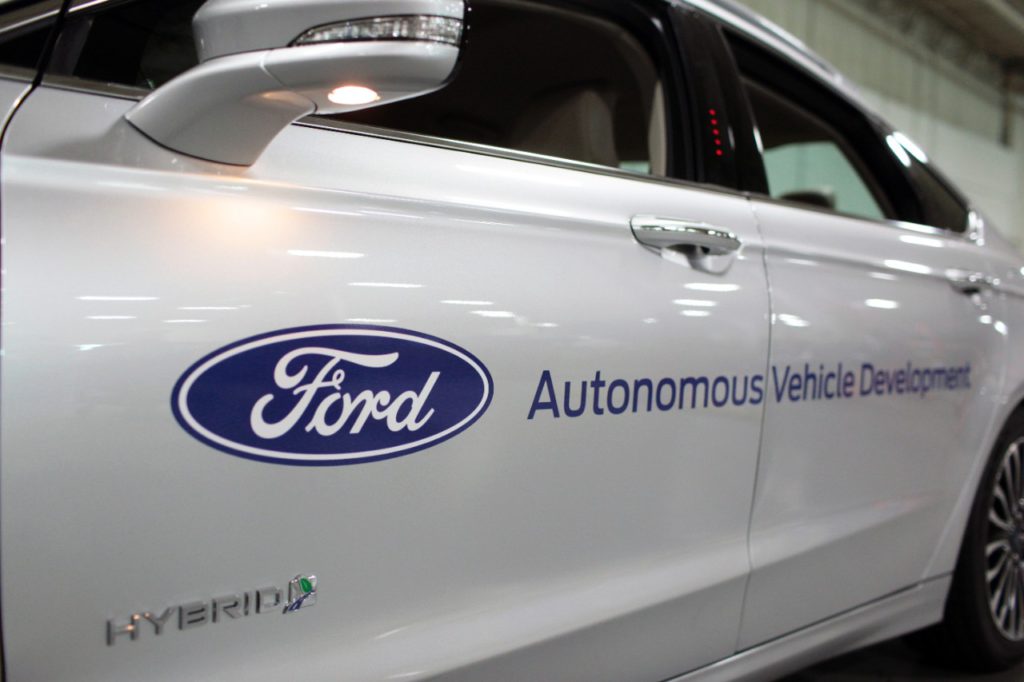Ford self-driving cars set to read your body language
09 May 2017

09 May 2017
Ford is developing autonomous technology that can predict where a human-controlled vehicle is likely to go based in part on the body language of the driver.
As the first generation of autonomous vehicles are introduced, they are driving alongside human drivers. In order to be as safe as possible, they need to not only react to the movements of the human-driven vehicles around them, but also predict where they are going to go next.
Ford is hoping to improve the ability of a car’s future foresight by studying the information gained from a driver’s body language, such as the direction of their gaze.
It could also pick up any gestures they make, such as a driver waving through another car to go first at a junction. This same tech could therefore help human drivers communicate with autonomous vehicles – a powerful proposition that, if successful, could majorly boost their public acceptance.
Ford’s patent application for this technology, published this week and filed on 4 November 2015, describes ′systems, methods and devices for predicting driver intent and future movements of a human-driven vehicle.’ In practice, what this entails is a prediction system made up of a suite of cameras, a ′boundary component’, the body language component, and a prediction component.
Since it is highly unlikely human drivers will ever be completely banned from the road, despite the upcoming autonomous vehicle revolution, this technology looks set to become a core component of autonomous systems in the years to come.
Photograph courtesy of Ford Motor Company
The insight behind the news
Never miss another story – sign up to receive your complimentary Autovista Intelligence Brief. This timely and incisive daily briefing covering automotive news and insights on the issues affecting your business is delivered direct to your inbox.